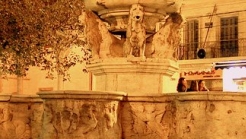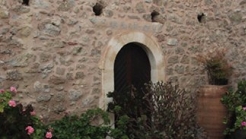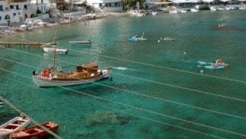

Greece
The museum is housed in the same building as the old Venetianturkey Headquarters Complex, which was within the perimeter of the Venetian castle, which was strengthened during the Turkish occupation.
The museum is housed in the same building as the old Venetianturkey Headquarters Complex, which was within the perimeter of the Venetian castle, which was strengthened during the Turkish occupation.
The exhibits of the museum highlights the history of the wider region of Kisamoy from prehistoric times up to the late antiquity, i.e. during the important early Christian times. The report is divided into sections based on their chronological order and local criteria and is distributed on the ground floor and the first floor of the building. In this way the visitor is aware of the archeological sites of the region in chronological order.
Overall, the exhibition includes a wide range information and educational materials. For more detailed information and to attract the interest of visitors at its disposal an electronic presentation around the disastrous earthquake of antiquity, the 365 A.D. , which hit the island of Crete.
In 2000 began restoration work of the Headquarters Complex Kisamoy to become an archaeological Museum Kisamoy. The work was completed and the Museum opened in September 2006.


The Venetian Heraklion deserves to be walked and you have to enjoy the beauty that keeps it well hidden in the arms, which are open to all visitors. You have got off the ship already or plane and you found the Venetian harbor, the promenade of the city in order to gain a first impression of the city


The Toplou Monastery is historical and dates back to its inception in the 15th century. Collapsed by an earthquake in 1612 and was rebuilt with the financial assistance of the Venetians.


Home to the Cretan vendetta, Sfakia is where you will see tight lipped Cretans dressed in black.
1039 Ε 6061 01515 00